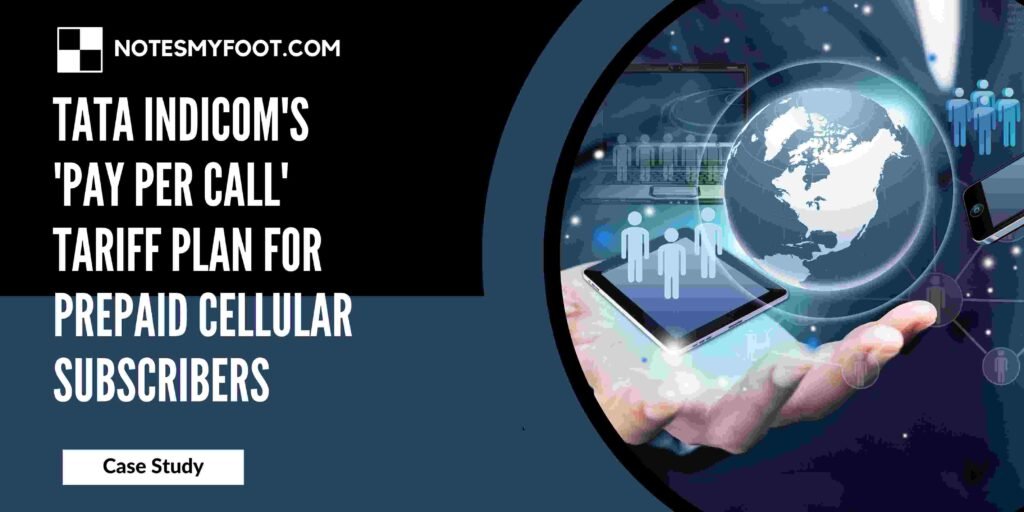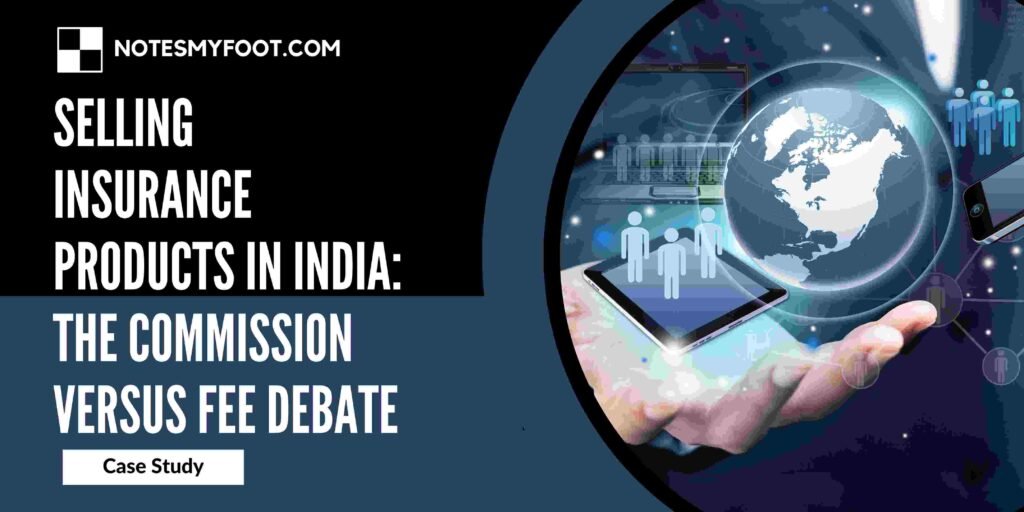
Case Study: Tata Sky's Marketing Strategies Navigating the Indian DTH Industry
The Indian Direct-to-Home (DTH) industry has witnessed significant growth over the years, revolutionizing the way people consume television content. Among the leading players in this industry, Tata Sky has emerged as a prominent name, employing effective marketing strategies to capture the market share. In this blog post, we will delve into the structure of the Indian DTH industry, examine Tata Sky’s growth strategies, analyze their marketing mix, evaluate their promotional strategies, and identify potential challenges they may face in the near future.
Section 1: The Indian DTH Industry
The Indian DTH industry, regulated by the Telecom Regulatory Authority of India (TRAI), has experienced remarkable growth due to its wide reach and diverse offerings. With the advent of high-quality digital content, viewers now have access to a plethora of channels and services. Understanding this industry’s structure is crucial in comprehending the marketing strategies employed by Tata Sky.
Section 2: About Tata Sky
Tata Sky Limited, a joint venture between the Tata Group and 21st Century Fox, has established itself as a market leader in the Indian DTH space. By providing a seamless viewing experience, Tata Sky has gained a loyal customer base. Their offerings include a mix of free-to-air channels, pay-per-view services, interactive features, and innovative products like Tata Sky+ and Tata Sky Digicomp.
Section 3: The Marketing Mix
Tata Sky’s success can be attributed to its well-crafted marketing mix. Let’s delve into each element: 3.1 Product: Tata Sky offers a wide range of channel packages, allowing customers to choose from ‘a la carte’ channels and customized subscription plans. The introduction of interactive services has enhanced the user experience, making Tata Sky a preferred choice for consumers. 3.2 Price: Tata Sky has implemented competitive pricing strategies, considering factors like Average Revenue Per User (ARPU) and market trends. By offering affordable packages and attractive discounts, they cater to a diverse audience and maintain a strong market presence. 3.3 Promotion: Tata Sky has executed several impactful promotional campaigns to create brand awareness. Their 360° advertising campaigns, featuring renowned personalities like Aamir Khan, have effectively conveyed their value proposition to the target audience, resulting in increased brand recognition and customer acquisition. 3.4 Place: With a widespread distribution network, Tata Sky ensures its services are accessible to customers across the country. Collaborating with local retailers and leveraging e-commerce platforms, they have established a strong presence in both urban and rural areas.
Section 4: The Road Ahead
While Tata Sky has witnessed remarkable success, there are potential challenges that lie ahead. The everevolving technological landscape, emerging competition from new DTH operators in India, and shifting consumer preferences pose both opportunities and threats. Tata Sky must continue to innovate, adapt to market dynamics, and consistently refine their marketing strategies to maintain their market leadership.
Conclusion:
In conclusion, Tata Sky’s marketing strategies have played a pivotal role in their success in the Indian DTH industry. By understanding the structure of the industry, implementing an effective marketing mix, and executing impactful promotional campaigns, Tata Sky has established a strong foothold in the market. However, as the industry evolves, it is essential for Tata Sky to remain agile, anticipate challenges, and continue to deliver exceptional value to their customers. With their customer-centric approach and commitment to innovation, Tata Sky is well-positioned to navigate the dynamic landscape of the Indian DTH industry. Also got to know about the Maruti Suzuki’s Advertising Strategies: Driving Success in the Indian Passenger Car Industry









